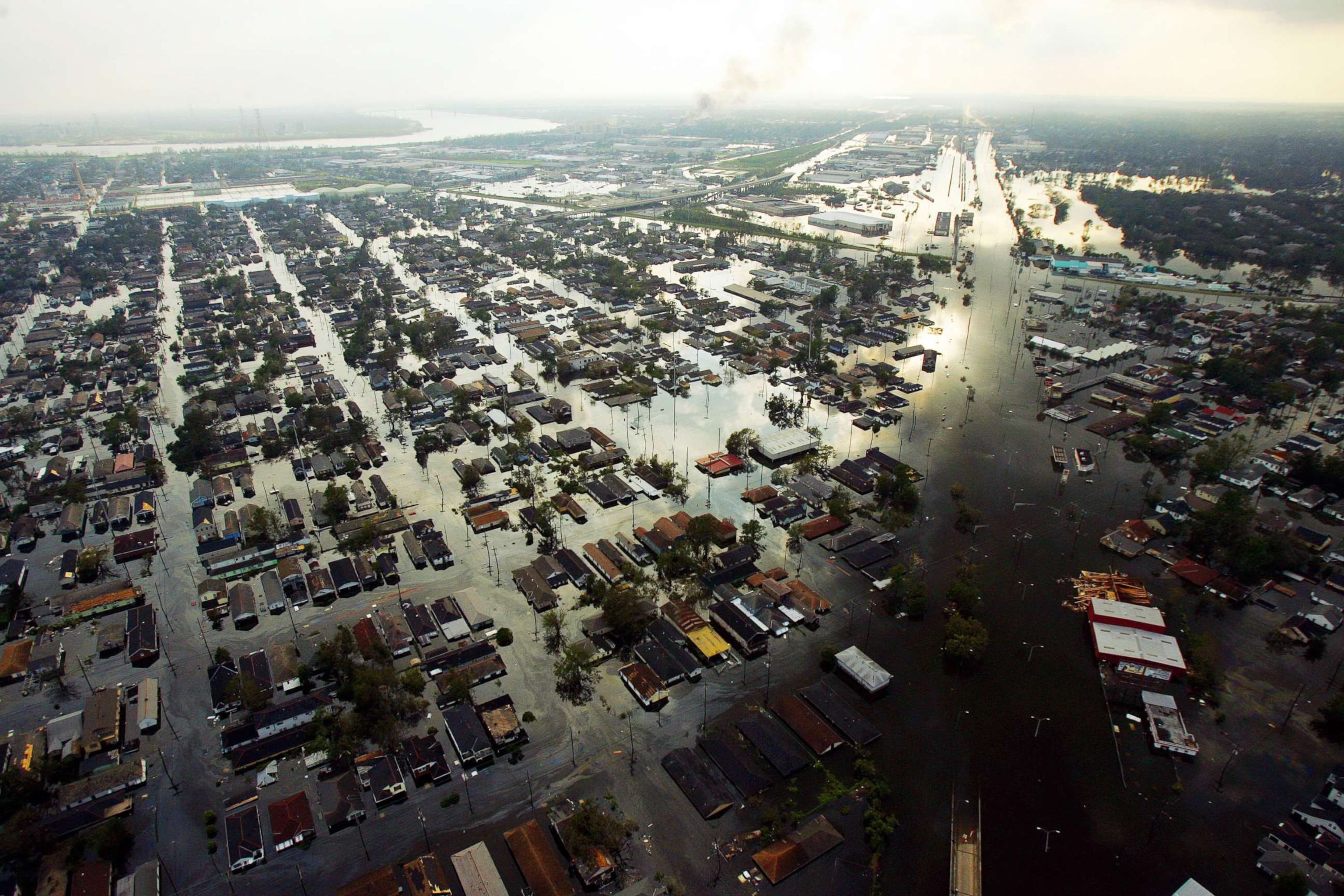Hurricane Ian brings fears of dangerous storm surge to Florida: What to know
Hurricane Ian is forecast to hit Florida on Wednesday.
Hurricane Ian, forecast to make landfall in Florida on Wednesday, is expected to bring a dangerous storm surge of up to 18 feet along Florida’s Southwest coast, including Englewood, Bonita Beach and Charlotte Harbor.
"Our biggest concern as we wait for this storm to make landfall is storm surge," FEMA Administrator Deanne Criswell warned Tuesday. "In 2018, when Hurricane Michael impacted the Florida Panhandle, there were five recorded fatalities as a result of storm surge."
Here's how storm surge works:
As pressure falls in the hurricane's center, water levels rise. The water accumulates while the storm is still over the open ocean.
When the hurricane closes in on land, its strong winds push that water toward the coast and up onto land, creating walls of water sometimes as high as 20 feet.

The danger to people inside houses on the coast is the deluge of water that can flood homes and overpower walls rapidly.
During Hurricane Katrina in 2005, at least 1,500 people died "directly, or indirectly, as a result of storm surge," the National Hurricane Center said.

When Hurricane Sandy hit New York and New Jersey in 2012, many homes filled quickly with water that reached levels of 8 to 9 feet.
The risks can be even greater if storm surge combines with high tide, creating a devastating, rapid rise in water levels.
Editor's Note: This article on storm surge was initially published in 2018.




